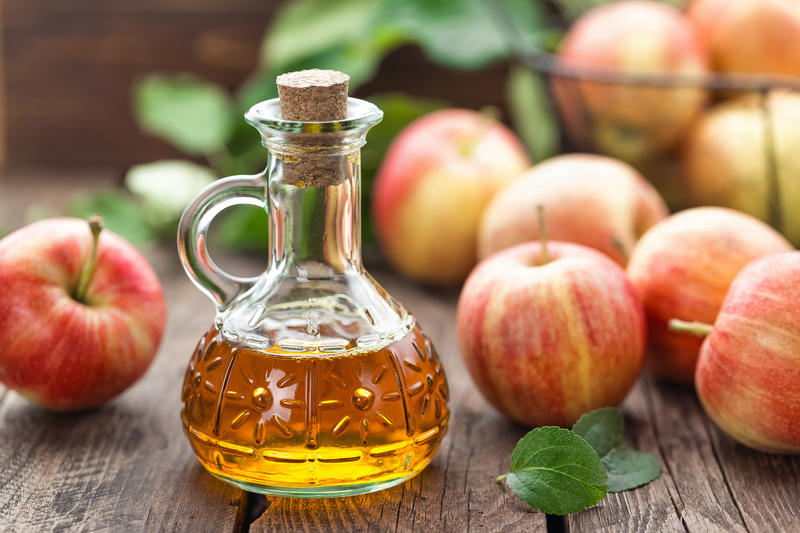Somerset Cider – Pressing Matters
Feature written for the Somerset Life Magazine October 2001.
Nobody can write about Somerset without mentioning orchards and cider farms. They are so much part of the landscape and history of the county that to ignore them is a criminal offence… Good Farmhouse Cider has been squeezed out of
the national palate by beer from below and wine from above. Indeed the general ignorance about true farmhouse cider and its history is at times profound.
In May to see hundreds of acres of blossom is a sight that cannot be rivalled. If it were in Japan there would be holidays and special poetry readings and picnics in favourite orchards. Symphonies should be composed and May Queens re- invented. Orchards would be revered and worshipped in much the same way that computers and four-wheel drive vehicles are in some households. To drink cider is to drink of the orchard and the landscape of Somerset. Apple varieties and the cumulation of weather patterns over the preceding year all combine to make an individual drink of great character. If it is made well, it is stunning. But you have to seek it out, you have to make that colourful journey down the backlanes and absorb the very countryside which has produced the drink. A journey which is infinitely more exciting and adventurous than pushing a large trolley down an artificially lit alley way in an out of town supermarket seeking a Siberian Chardonnay.
But what of the farmhouse cider itself ? Has it only survived on the back of such giants as Taunton Cider, Bulmers, Coates, Showerings and Whiteways? or has the industrialisation of cider slowly but surely wiped out the middle producers of quality. Even Taunton Cider which was owned for a number of years by a string of breweries has been bought out by Matthew Clark of Shepton Mallet. But these industrial ciders are not the true ciders, they are strictly commercial ciders for a new and less discerning palate. Artificially carbonated cider made from predominately apple concentrate is the order of the day and the apples are just as likely to come from China as Eastern Europe.
If you want the real thing you have to get in your car or people carrier and take to the lanes. What at first sight requires a degree of skilled map reading and interpretation, very quickly becomes a pilgrimage. Somerset cider producers are fighting back against globalisation and they are producing not only excellent farmhouse ciders but they are experimenting with single variety ciders like Dabinett, Kingston Black, Tremlett’s Bitter, Yarlington Mill and Stoke Red to name but a few. Also in Somerset at Kingsbury Episcopi you have the home of the Somerset Cider Brandy Company which now produces not only 3 year old, 5 year old and 10 year old cider brandy, but an eau de vie, and Kingston Black aperitif which at 18% is smooth and delicious. The distillery has just received permission from Customs & Excise to move into the public eye and is now on display behind ‘bullet proof’ glass at Julian Temperley’s cider farm, glistening copper stills that were made in France before the war. One is called Josephine, the other is called Fifi. Julian also produces two varieties of bottle fermented sparkling ciders which are aged in cellars in the same way as champagne. Even the so called ‘champagne process’ that the French defend so vigorously had its origins in Herefordshire long before the Civil War. What price Europe and the Golden delicious.?
Other cider farms well worth a visit are Perry’s of Dowlish Wake, Sheppy’s of Bradford-on-Tone, Thatchers of Sandford. Heck’s of Street and Nigel Stewart of Bridge Farm Cider, East Chinnock. Then there is Roger Wilkins of Mudgely near Wedmore and Rich’s cider near Highbridge.
But with all this talk about cider don’t forget the apple. There is an excellent book just been written by Liz Copas of Long Ashton Cider Research Institute called The Somerset Pomona which captures the history and magnificence of the Somerset apples in new illustrations. Published by Dovecote Press @ £9.99 – a bargain if ever I saw one.
Somerset Cider is not dead by a long chalk and what could be better than sharing good cider, good bread and cheese amongst friends on a summer’s evening.
James Crowden lives in Winsham and is the author of Cider- the Forgotten Miracle. Published by Cyder Press 2. Also he has devised A Somerset Cider Makers and Apple Juice Route Map which was launched in October 2001.This can be obtained from Tourist Information Centres in Somerset and the cider farms themselves.
